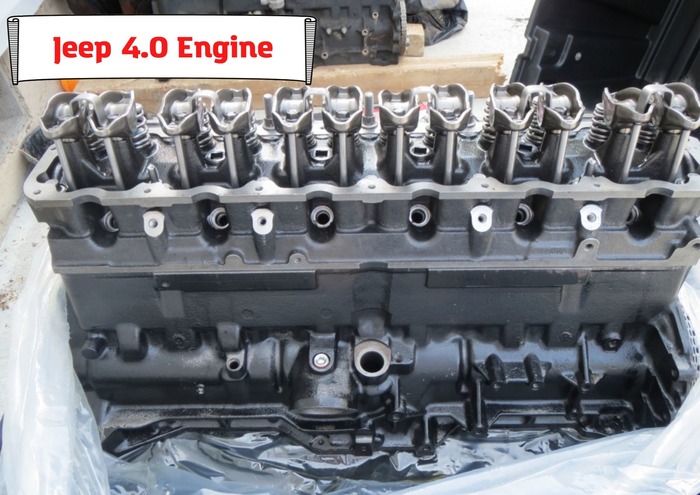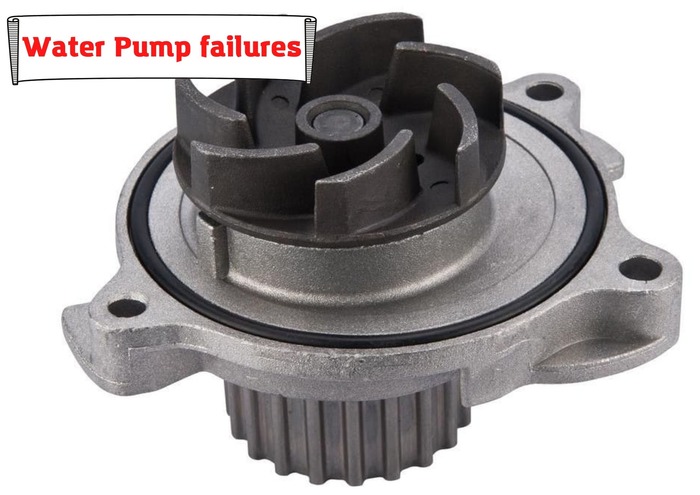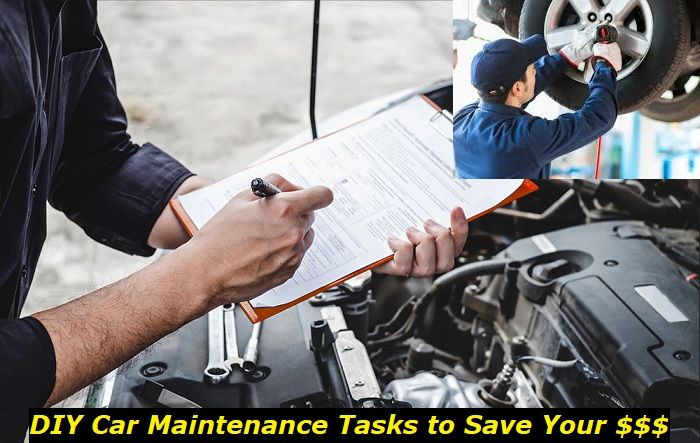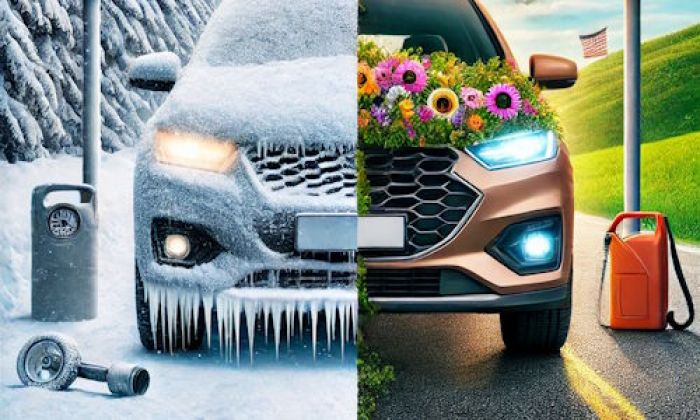
The Jeep 4.0 is considered to be one of the legendary Jeeps with an outstanding engine in the off-roading world. The 4.0L straight-6 engine was developed and introduced in 1986. Chrysler continued to use the 4.0L straight-6 engine because of its impeccable strength and reliability, although with modifications over 20 years after buying AMC (American Motors Corporation) in 1987, a year after it was introduced. In this article, we are going to be talking about:
- The Jeep 4.0 engine weight and dry weight.
- The Jeep 4.0 specs.
- The main problems associated with the Jeep 4.0
- The longevity of the Jeep 4.0.
Engine Weight and Dry Weight
The 4.0L engine features additional strength, and an improved combustion chamber, port setup, and cam profile to the engines developed before it. It took AMC 26 months to develop this engine. The 4.0L straight-6 engine weighs 483 pounds which is equivalent to 219 kg while the dry weight is a little less due to the absence of oils and fluids.
Specs and Main Problems
With all the upsides Jeep 4.0 has with its magnificent straight-6 engine, the engine has its inadequacies. The Jeep 4.0 engine has been around for about 15 to 30+ years so it is only natural for it to run into certain problems. The engine is prone to running into the following problems:
- Cracks in Exhaust Manifold
- Leakage of oil
- Water pump failure
Note that this does not mean these are all the problems that can be encountered while using the Jeep 4.0, these are only the most common faults encountered by people who have used or are using Jeep 4.0.
Let’s dive deeper into each of these problems one after the other, talk about the causes, symptoms, and the possible solutions to them.
Cracks in Exhaust Manifold
This is a very common problem Jeep 4.0 users have had with its straight-6 engine because of how long the engine has been in use and the mileage. Exhaust manifolds are only commonly called headers or exhaust headers. Cracks in the exhaust manifold are a minor issue compared to other problems. Manifold gasket or bolts are sometimes the cause of this crack, and a cold engine makes this crack noticeable. This means that when the engine heats up, there is an expansion that closes the manifold crack.
Symptoms
- Ticking Sound: Cracks in the exhaust manifold cause some kind of ticking noise.
- Raw exhaust smell: Another thing you notice is that the exhaust of the Jeep 4.0 smells stronger and thicker like the exhaust is raw.
- Visible cracking: Another thing that can show the crack is if the crack is visible.
Repair
Many remedies can be applied if you find a crack in your Jeep 4.0. One of the solutions you can opt for is OEM (Original Equipment Manufacturer) solution. This can be a little tough because it is sometimes hard to come by new parts.
Buying and using already-used Jeep 4.0 exhausts might not also help because it is also prone to encountering the same problem, so you should be careful doing that.
Another thing you can do is to get an aftermarket exhaust header for your Jeep 4.0. This may be illegal because of emission concerns. However, to avoid such cracks in the future, this might come in handy.
One more option is repairing the already cracked header, even though some don’t consider this a permanent solution. If you have some time, you can try this.
Leakage of Oil
This is not in any way special to the Jeep 4.0 straight-6 engine because some other engines have the same problem. Some oil leaks in the Jeep are mostly a result of how long it has existed. Oil leaks in engines are usually caused by wearing out of seals and gaskets, which results in cracking from continuous use.
Oil leaks don’t suddenly start big. They start little and if not controlled or rectified, will become big with time as the crack becomes bigger. With how long the AMC 4.0 straight-6 has been in existence, there is no doubt that most engines are probably leaking or the leaking has been repaired.
So if you happen to be getting a 4.0L engine, be on the lookout for oil leaks or repaired oil leak traces in the engine.
Symptoms
Symptoms leading to oil leaks are sometimes noticeable, but these are some of the signs you will get if there is an oil leak:
- Burning oil smells
- Visible leak: This is the most obvious sign of an oil leak. Drops of oil on the floor mean oil is leaking from somewhere in the engine. However, there are not always gas leaks to the ground as the valve covering the gaskets at the top of the engine can prevent the oil leaks from falling to the ground.
- Light smoke from the engine bay.
- Oil pooling around the valve covering the gasket area.
Repairs
People who like to fix things themselves will like the fact that repairing oil leaks in the Jeep 4.0 engine is quite cheap. A few hours making repairs in the garage, with about $20 or less cost of gaskets and seal, will solve your problem.
For those who don’t do DIY, it will be much more expensive. Going to repair shops will cost you more because of labor costs. Repairing a rear main seal can cost about $300 to $500 because it is a very stressful and labor-intensive job, so the labor cost is equally high.
However, changing the valve cover gaskets is an easy job. All thanks to the straight-6 engine simple design.
Water Pump failures

One of the common problems with the Jeep 4.0 is overheating. Most times, the water pump and thermostat are the cause of this overheating problem. Problems with water pumps weren’t an issue at the inception of the engines, but this problem arose with the constant abuse of these engines over the years.
It is now a problem commonly encountered with aging engines. Water pump failure problems cannot be postponed or delayed as it leads to overheating, which in turn leads to head gasket problems.
Sometimes the issue is not with the water pump but with the pump flow. A poor flow will lead to overheating, and some OEM pumps don’t flow well at RPMs that are lower.
Symptoms
- Coolant leaks: If there are leaks in your coolant, then it's high time you checked your water pump.
- Steam from engine: Sometimes this coolant leaks out quickly so you might notice steam from the engine due to it burning off.
- Overheating: When all these happens, it leads to rapid overheating
Note that it is not good for an engine to overheat so once you notice any of these symptoms make sure you switch off the engine as soon as possible. If you continue to run the engine in its overheated state, you are running at a risk of more complicated problems.
Longevity
The longevity of an engine can also be regarded as its reliability. The question that probably brought you to this section is if the Jeep 4.0 straight-6 engine is reliable.
Well, according to research and reports, yes, it is reliable. As at the time the 4.0L engine was built, AMC was in a difficult place financially. As a result, AMC decided to use proven but simple engineering to fabricate the 4.0L straight-6 engine.
Jeep 4.0 engine has been considered by many as one of the best Jeep engines for these three main reasons:
- its 4X4 capacity;
- reliability;
- simplicity.
This does not mean that the 4.0L straight-6 engine is perfect. It has its deficiencies like other engines as they are known to run into common problems already mentioned above like leakage of oil, faulty water pumps, and cracks in the exhaust manifold.
You should also note again that these problems are just the common ones. It is very rare to see Jeep 4.0 having problems with the head gasket or leaking fuel injectors.
The age is an important factor to consider in the 4.0L straight-6 engine. The engine has no issues making about 400K+ miles, and that is a good one in terms of longevity. However, considering how old these engines are, they might need extra Tender loving care (TLC) and maybe a rebuild, but overall, it has good longevity and reliability.
Conclusion
It is general knowledge that the Jeep 4.0 straight-6 engine is impeccable in the world of Jeeps. The Jeep 4.0 might not perform well in terms of power to cars made these days, but for its own era, it is performing awesomely well. The 4.0L straight-6 engine has a simple design which aids its unique longevity and reliability.
About the authors
The CarAraC research team is composed of seasoned auto mechanics and automotive industry professionals, including individuals with advanced degrees and certifications in their field. Our team members boast prestigious credentials, reflecting their extensive knowledge and skills. These qualifications include: IMI: Institute of the Motor Industry, ASE-Certified Master Automobile Technicians; Coventry University, Graduate of MA in Automotive Journalism; Politecnico di Torino, Italy, MS Automotive Engineering; Ss. Cyril and Methodius University in Skopje, Mechanical University in Skopje; TOC Automotive College; DHA Suffa University, Department of Mechanical Engineering






Add comment